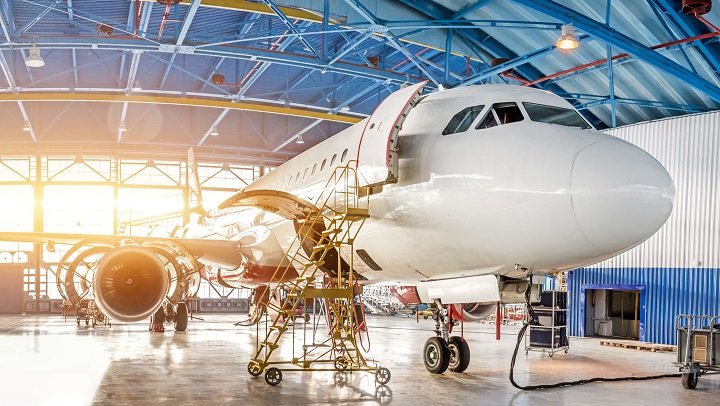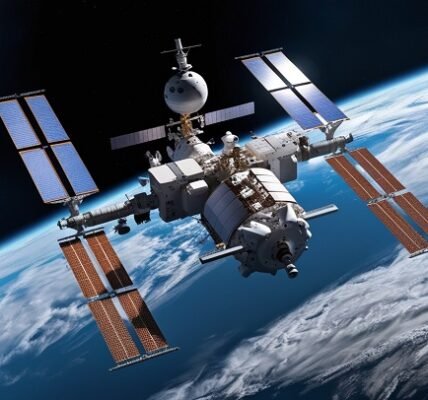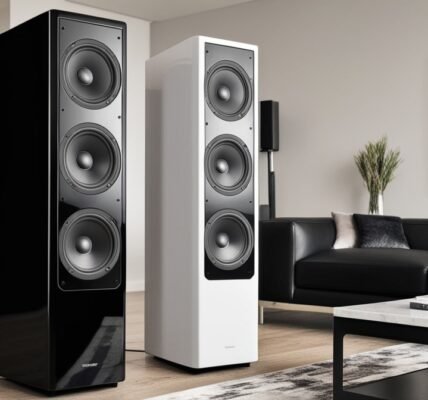NASA Salary for Aerospace working for NASA as an aviation design is a dream for numerous individuals interested in space and innovation. But separated from the fervor of being portion of space investigation, a common address that comes up is, “How much does NASA pay its aviation engineers?” Knowing the compensation can offer assistance anybody interested in this field to arrange their career and get it the money related angles of working with one of the most prestigious space organizations in the world.
This article will investigate the subtle elements of NASA’s compensation for aviation engineers, covering different components that influence profit, such as work parts, encounter levels, and area. By the conclusion of this post, you’ll have a clear picture of what an aviation build at NASA can anticipate to win and what variables impact these profit. So, let’s jump in!
What Does an Aviation Design NASA Salary for Aerospace?
Aerospace engineers at NASA are mindful for planning, building, and testing airplane, shuttle, and related frameworks and hardware. These engineers play a basic part in space missions and ventures that include profound space investigation, adj. communications, and more. Their work guarantees that each mission is secure, successful, and adjusts with NASA’s tall standards.
To get it the compensation for this part, it’s critical to to begin with recognize the sort of work aviation engineers do at NASA. They specialize in either flight (airplane plan) or astronautics (shuttle plan), and their errands might include:
- Designing impetus frameworks, shuttle structures, or airplane materials.
- Developing advances for space investigation and communication.
- Running recreations and tests on shuttle or air ship designs.
- Collaborating with groups of researchers, space travelers, and engineers.
With such critical obligations, NASA’s aviation engineers are compensated with competitive pay rates, which change based on a run of factors.
Factors That Impact NASA Salary for Aerospace
The compensation for aviation engineers at NASA can depend on a few components, including:
1. Encounter Level
Like most careers, an engineer’s involvement significantly impacts their compensation. Aviation engineers with more a long time in the field tend to gain higher compensations. Here’s a common breakdown:
- Entry-Level Engineers: Modern engineers frequently begin at a lower compensation. At NASA, entry-level compensations for aviation engineers regularly run from $60,000 to $80,000 per year.
- Mid-Level Engineers: With a few a long time of involvement, aviation engineers can anticipate pay rates around $80,000 to $110,000 annually.
- Senior Engineers: For senior aviation engineers with broad involvement, pay rates can rise to between $110,000 and $150,000 or more annually.
2. Instructive Background
Education moreover plays a huge part in deciding compensations. Most aviation engineers at NASA have at slightest a Bachelor’s Degree in Aviation Building or a related field. Be that as it may, engineers with progressed degrees, such as a Master’s or Ph.D., frequently begin at a higher pay review. Specialized skill or investigate encounter can make a candidate more competitive and qualified for way better pay.
3. Location
NASA has different centers over the Joined together States, counting the Kennedy Space Center in Florida and the Johnson Space Center in Texas. Compensations can change depending on the taken a toll of living in these areas. For occasion, an design working in a high-cost region like California may have a higher compensation compared to one in a lower-cost state.
4. Part and Responsibilities of NASA Salary for Aerospace
Aerospace engineers at NASA may work in distinctive regions, counting inquire about, testing, operations, or plan. Those who lead groups or work on high-priority missions are likely to win more. Venture directors and senior engineers mindful for directing missions and complex ventures moreover appreciate higher pay compared to junior engineers.
5. Security Clearance and Certifications
NASA ventures regularly require high-security clearances. Engineers who qualify for higher clearances may win a marginally higher compensation due to the delicate nature of their work. Certifications related to designing, security conventions, or specialized aptitudes can moreover upgrade an engineer’s compensation at NASA.
Typical Compensation Ranges for NASA Salary for Aerospace
NASA takes after the U.S. Government’s Common Plan (GS) pay scale. Aviation engineers more often than not drop inside the GS-12 to GS-15 extend, depending on their encounter and work part. Here’s a fast breakdown:
- GS-12 to GS-13 (Early Career): Yearly compensation ranges between $70,000 to $100,000.
- GS-14 (Mid-Career): Yearly compensation ranges between $100,000 to $130,000.
- GS-15 (Senior Build): Yearly compensation ranges between $130,000 to $160,000.
In expansion to their base compensations, NASA engineers frequently get benefits such as wellbeing protections, retirement plans, and some of the time rewards for special accomplishments or extend points of reference. This combination of pay and benefits makes NASA a profoundly alluring boss for aviation engineers.
Benefits of Working as an Aviation Build at NASA
Apart from the compensation, working at NASA offers a interesting set of benefits that make it worthwhile:
- Retirement Plans: NASA gives competitive retirement plans to guarantee budgetary security after retirement.
- Health and Wellness Benefits: Comprehensive wellbeing plans and get to to wellness programs offer assistance keep up a sound work-life balance.
- Professional Advancement Openings: NASA empowers engineers to proceed learning and creating professionally, advertising preparing programs and career development opportunities.
- Paid Time Off and Take off: Workers get sufficient paid time off, counting yearly take off, wiped out take off, and government occasions, which includes to the work-life balance.
How to Ended up an Aviation Build at NASA Salary for Aerospace
If you’re interested in working as an aviation design at NASA, here are a few steps you can take:
- Educational Establishment: Get a degree in aviation building or a closely related field. Consider seeking after a Master’s degree or Ph.D. to increment your competitiveness.
- Gain Involvement: Internships, co-op programs, or entry-level building employments in the aviation field can give profitable experience.
- Develop Significant Abilities: Specialized abilities such as computer-aided plan (CAD), coding, and information of designing computer program are imperative. Delicate aptitudes, like collaboration and problem-solving, are moreover esteemed at NASA.
- Apply to NASA Programs: NASA offers internships and entry-level programs for understudies and later graduates. Partaking in these can increment your chances of being enlisted full-time.
- Networking and Determination: Going to industry conferences and organizing occasions can interface you with experts in the field. Perseverance and a energy for space investigation can moreover set you separated from other candidates.
Conclusion
Working as an aviation build at NASA can be both monetarily fulfilling and by and by satisfying. With compensations extending broadly based on encounter, instruction, and work part, there is noteworthy winning potential for engineers energetic almost space investigation. Past the compensation, NASA offers a strong work environment, proficient development openings, and the chance to be portion of groundbreaking missions that affect the future of space travel.
For those enthusiastic approximately seeking after a career in aviation designing, NASA speaks to an energizing opportunity to contribute to space investigation and work with a few of the brightest minds in the field. If you’re interested, be beyond any doubt to check out assets on NASA’s official site to learn more around current work openings and qualification necessities.
FAQs:
1. What is the normal compensation of an aviation design at NASA?
The normal compensation for an aviation design at NASA for the most part ranges from $80,000 to $120,000 per year, depending on involvement and role.
2. Do NASA engineers get bonuses?
Yes, NASA offers rewards for certain ventures and accomplishments, in spite of the fact that they are by and large unassuming compared to private-sector bonuses.
3. How does NASA’s compensation compare to the private aviation industry?
Private aviation companies may offer somewhat higher compensations due to the competitive nature of the industry. In any case, NASA gives amazing benefits and work steadiness, which make it a alluring employer.
4. Is a Master’s degree required to work as an aviation design at NASA?
While a Bachelor’s degree is the least necessity, a Master’s degree or Ph.D. can offer assistance you qualify for higher-paying positions.
5. What other benefits do NASA Salary for Aerospace?
NASA offers a wide run of benefits, counting wellbeing protections, retirement plans, paid time off, and proficient improvement opportunities.






